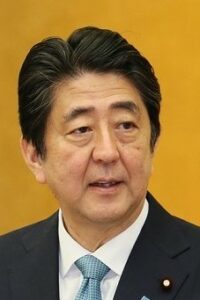
One of the key features of Abe Diplomacy is that it always perceived bilateral issues within their strategic constructs. China, South Korea, Russia and the Free and Open Indo-Pacific—surely this is putting into practice ideas that establish the reality of a diplomacy that takes a panoramic perspective of the world map. Tanaka Akihiko, President of the National Graduate Institute for Policy Studies (GRIPS) Tanaka Akihiko: In the previous issue (Gaiko Vol. 64), we spoke in detail about the creation of the National Security Council (NSC), enacting the Act on the Protection of Specially Designated Secrets and the Legislation for Peace and Security, and dealing with a series of important issues following the inauguration of your second administration, the underlying Japan-US and Japan-China relationships, as well as the issue of historical perceptions. This time, I would first of all like to ask ... ... [Read more]
